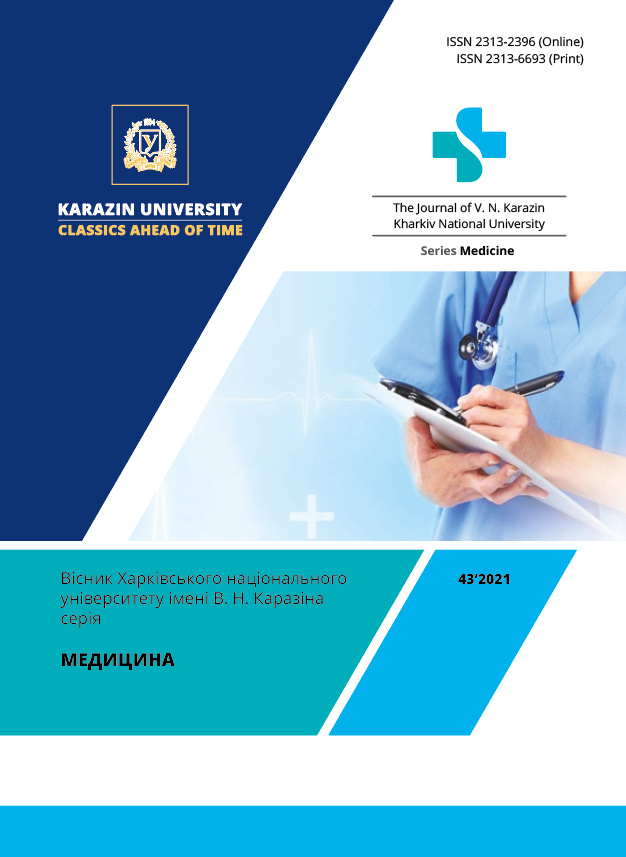Snus users: intraoral lesions, biofilm properties, communication and treatment strategies
Abstract
Objective: The link between snus, periodontal diseases and oral malignancy is still in question in different literature. This study aims to explore the impact of snus on mucosal lesions and oral malignancy along with evaluation of strategies for snus cessation and approaches to communication with patients. Methods: A questionnaire about tobacco consumption habits was made. A heavy snus group, a light snus group and a control group were made. Oral biopsy samples were tested for protein gene product 9.5, tissue inhibitor of matrix metalloproteinase 2, chromogranin A and B, matrix metalloproteinase 2, interleukin-1, interleukin-10 using immunohistochemical techniques. Periodontal pocket biofilms were tested with combined polymerase chain reaction and were subsequently analyzed in order to determine the presence of pathogenic periodontal bacteria, such as Aggregatibacter actinomycetemcomitans, Porphyromonas gingivalis, Tannerella forsythia, Treponema denticola and Prevotella intermedia. Results: Biopsy results showed cellular disorganization, apoptosis, hyperkeratosis and prevalence of keratotic seborrhea in the area of snus sachets. Microbiological examination revealed the presence of periodontal pathogens in the snus users group. High concentration of pathogenic periodontal bacteria Aggregatibacter actinomycetemcomitans, Porphyromonas gingivalis and Prevotella intermedia was found in groups of both heavy and light snus users, yet they were absent in the samples of the control group. High concentration of Tannerella forsythia and Treponema denticola was also found in the groups of heavy and light snus users, whereas they were present in samples of only two patients of the control group. Conclusions: Snus changes cell function, it can lead to oral malignancy and promote periodontal disease regardless of the frequency and amount of snus used.
Downloads
References
Müller S. Frictional Keratosis, Contact Keratosis and Smokeless Tobacco Keratosis: Features of Reactive White Lesions of the Oral Mucosa. Head Neck Pathol. 2019 Mar; 13 (1): 16–24. Doi: https://doi.org/10.1007/s12105-018-0986-3. Epub 2019 Jan 22. PMID: 30671762; PMCID: PMC6405791.
Greer RO Jr. Oral manifestations of smokeless tobacco use. Otolaryngol Clin North Am. 2011 Feb; 44 (1): 31–56, v. Doi: https://doi.org/10.1016/j.otc.2010.09.002. PMID: 21093622.
Pivarcsi A, Kemény L, Dobozy A. Innate immune functions of the keratinocytes. A review. Acta Microbiol Immunol Hung. 2004; 51 (3): 303–10. Doi: https://doi.org/10.1556/AMicr.51.2004.3.8. PMID: 15571070.
Khan Z, Albuquerque R, Richards A. Malignant oral melanoma: how to spot it and how it is managed. Dental Update. 2018; 45 (7): 660–664. Doi: https://doi.org/10.12968/denu.2018.45.7.660.
Expanded Human Oral Microbiome Database. [Internet]. 2018 August 16. Available from: http://www.homd.org.
Sultan AS, Kong EF, Rizk AM et al. The oral microbiome: A Lesson in coexistence. PLUS pathogens. 2018; 14 (1): e1006719.
Flemmig TF, Beikler T. Control of oral biofilms. Periodontol 2000. 2011; 55: 9–15.
Taubman M, Kawai T, Han X. The new concept of periodontal disease pathogenesis requires new and novel therapeutic strategies. Journal of Clinical Periodontology. 2007; 34, 367–369.
Huang CB, Altimova Y, Strange S, et al. Polybacterial challenge effects on cytokine/chemokine production by macrophages and dendritic cells. Inflammation Research, 2010. Doi: https://doi.org/10.1007/500011-010-0242-0.
Preising J, Philippe D, Gleinser M, et al. Selection of bifidobacteria based on adhesion and anti- inflammatory capacity in vitro for amelioration of murine colitis. Applied and Environmental Microbiology. 2010; 76: 3048–3051.
WHO. IARC Monographs on the Evaluation of Carcinogenic Risks to Humans. IARC Monographs vol. 100. 2012.
Macgregor ID. Effects of smoking on oral ecology. A review of the literature. ClinPrev Dent. 1989; 11:
–7.
Nociti FH, Casati MZ, Duarte PM. Current perspective of the impact of smoking on the progression and treatment of periodontitis. Periodontology 2000. 2015; 67: 187–210.
Henningfield JE, Cohen C, Slade JD. Is nicotine more addictive than cocaine? British Journal of Addiction. 1991; 86: 565–569.
Kendall-Tackett K. Treatments for depression that lower inflammation: Additional support for an inflammatory etiology of depression. The Psychoneuroimmunology of Chronic Disease: Exploring the links between Inflammation, Stress, and Ilness. 1st ed. Washington DC: American Psychological Association. 2010; 243–247.
Haddad A, Davis AM. Tobacco smoking cessation in Adults and Pregnant Women behavioral and pharmacotherapy interventions. JAMA Clinical guidelines Synopsis. 2015; 315 (18).
Hatsukami DK, Severson HH. Oral spit tobacco: Addiction, prevention and treatment. Nicotine & Tobacco Research. 1999; 1, 21–44.
Fiore MC, Bailey WC, Cohen SJ et al. Treating tobacco use and dependence. Clinical practice guideline. Rockville, MD: U.S. Department of Health and Human Services. Public Health Service. 2000.
Pulverman R, Yellowlees PM. Smart Devices and a Future of Hybrid Tobacco Cessation Programs. Telemedicine Journal And E-Health: The Official Journal Of The American Telemedicine Associationate. 20 (3)
Haddad A, Davis AM. Tobacco smoking cessation in Adults and Pregnant Women behavioral and pharmacotherapy interventions. JAMA Clinical guidelines Synopsis, 2015; 315 (18).
WHO report on the global tobacco epidemic. Raisning taxes on tobacco. Executive summary. [Internet]. 2015. Available from: http://apps.who.int/iris/bitstream/10665/178577/1/WHO_NMH_PND_15.5_eng.pdf?ua=1&ua=1
Case KR, Cooper M, Creamer M, Mantey D, Kelder S. Victims of Bullying and Tobacco Use Behaviors in Adolescents: Differences Between Bullied at School, Electronically, or Both. J Sch Health. 2016 Nov; 86 (11): 832–840. Doi: https://doi.org/10.1111/josh.12437. PMID: 27714875.
The Journal of V. N. Karazin Kharkiv National University, series Medicine has following copyright terms:
- Authors retain copyright and grant the journal right of first publication with the work simultaneously licensed under a Creative Commons Attribution License that allows others to share the work with an acknowledgement of the work’s authorship and initial publication in this journal.
- Authors are able to enter into separate, additional contractual arrangements for the non-exclusive distribution of the journal’s published version of the work, with an acknowledgement of its initial publication in this journal.
- Authors are permitted and encouraged to post their work online prior to and during the submission process, as it can lead to productive exchanges, as well as earlier and greater citation of published work.




